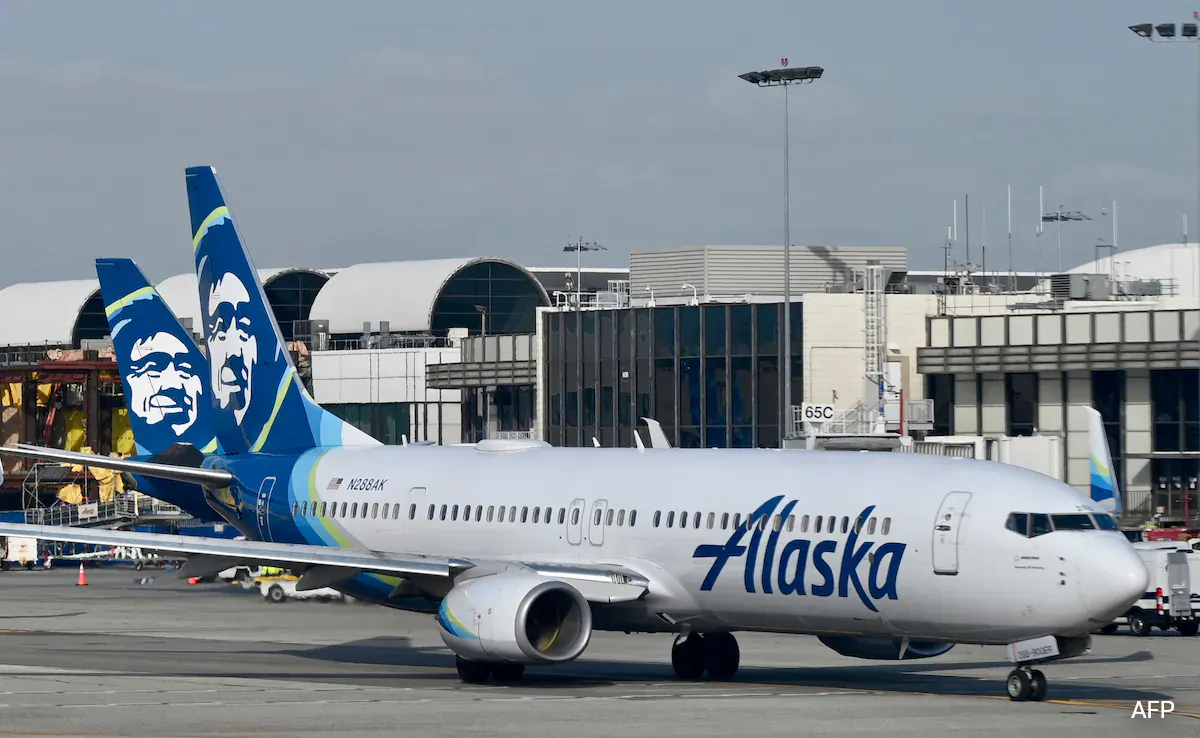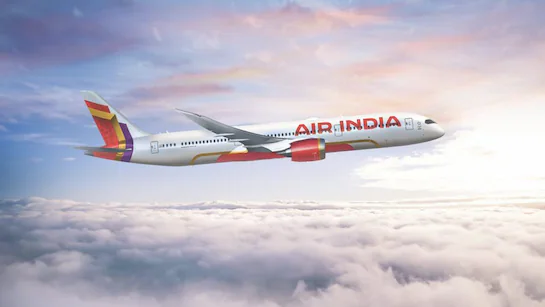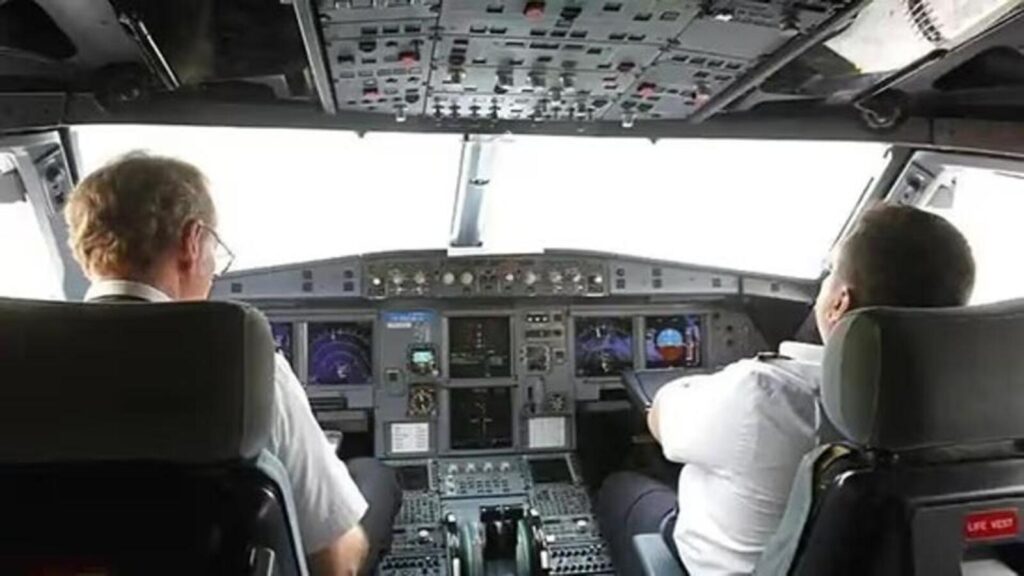Now Reading: Alaska Airlines Grounds Entire Fleet Over Technical Issue, Over 200 Flights Affected
-
01
Alaska Airlines Grounds Entire Fleet Over Technical Issue, Over 200 Flights Affected
Alaska Airlines Grounds Entire Fleet Over Technical Issue, Over 200 Flights Affected

In an unusual move, Alaska Airlines temporarily grounded all its aircraft following a major technical issue linked to a third-party software system. The decision caused widespread delays across airports, disrupting over 200 flights and leaving thousands of passengers stranded. The airline has since resumed operations, but the incident has triggered fresh questions about aviation systems’ reliability.
What Triggered the Grounding
The root of the disruption was traced to a technical issue with a vendor-provided system used for flight operations. The glitch affected the airline’s ability to manage flights efficiently and safely, prompting a decision to halt all departures.
The Federal Aviation Administration (FAA) confirmed that Alaska Airlines initiated the ground stop voluntarily as a precautionary measure. It wasn’t a safety breach or mechanical fault in the aircraft, but a systems-based failure that affected scheduling and coordination.
Impact on Flights and Passengers
More than 220 flights were impacted across the US, with ripple effects spreading through connecting routes. Long queues, last-minute cancellations, and extended delays were reported at major hubs like Seattle, Portland, and San Francisco.
For passengers, especially those travelling on tight business schedules or connecting flights, the confusion led to missed meetings, personal setbacks, and frustration. Alaska Airlines issued apologies and said passengers would be rebooked or compensated based on the airline’s policies.
Why This Matters to India
While this incident occurred in the US, the implications aren’t far from home. Indian flyers often transit through or book codeshare flights operated by Alaska Airlines via international partners. Moreover, the issue highlights how deeply airlines now rely on external tech systems to run operations—something India’s rapidly growing aviation sector should take note of.
Airports in cities like Kochi, Nagpur, and Jaipur are scaling up flight volumes and tech integration. A similar glitch, even at a smaller scale, could create operational chaos. Indian aviation authorities and private carriers are likely to monitor this closely to assess risks within their own digital ecosystems.
A Broader Wake-Up Call for Aviation
Incidents like this raise a critical question: Are airlines too dependent on third-party tech providers? While outsourcing tech helps with scalability, it can become a vulnerability if not backed with robust fail-safes.
As Alaska Airlines resumes normal service, internal reviews are underway. For the global aviation community—including India’s—this event serves as a reminder to invest in stronger digital infrastructure, regular audits, and backup systems.
The sky may be open again, but the lesson is clear: even grounded planes can reveal major gaps in how we fly today.

























